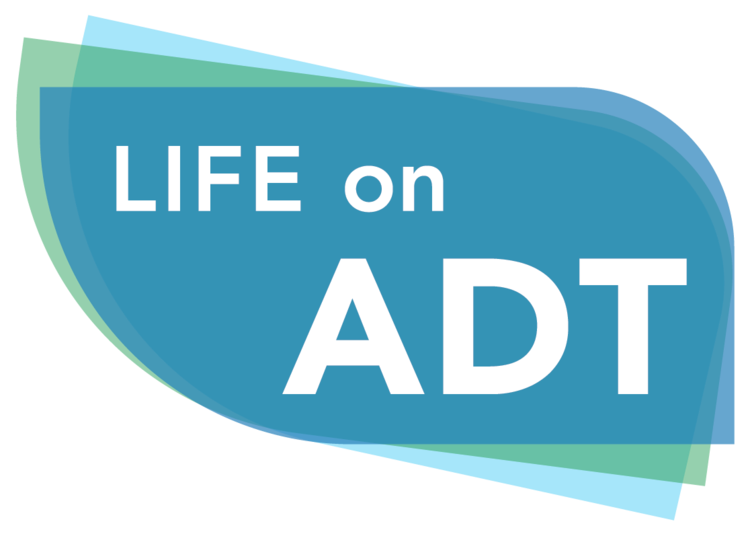Primary open-angle glaucoma (POAG) is a common type of glaucoma that involves irreversible damage to the optic nerve and progressive visual field loss. It is one of the leading causes of blindness around the world.
Physicians and researchers are still trying to understand exactly what causes POAG, but it’s thought that increased pressure within the eye is an important contributing factor. Some research has suggested that POAG is more common in men than it is in women. This, in turn, suggests that sex hormones might be involved.
This leads to a simple question: If sex hormones play a role in developing POAG, is it possible that treatment with ADT, which reduces the levels of sex hormones in men—could lower the risk of POAG? In an attempt to answer this question, researchers in Korea undertook a large, population-based study involving data from approximately 170,000 men in the Korean national health insurance database collected between 2008 and 2017. The researchers were then able to compare the incidence of POAG in prostate cancer patients who were on ADT versus those who were not.
The results revealed that a lower proportion of men in the ADT group developed POAG as compared to those in the non-ADT group (2.10% vs. 2.88%, respectively). Statistically, the relative risk of developing POAG was found to be lower in the group of patients who were on ADT whether short (<2 years) or long (>2 years) term.
In a review paper published some ten years ago, the authors noted that “Women are at higher risks for angle closure glaucoma, but there is no clear gender predilection for open angle glaucoma. Of interest, there is some evidence suggesting that female sex hormones might be protective of the optic nerve.” (Vajaranant et al., 2010). A pertinent topic of future research might be the potential for ADT, in combination with high dose E2 (estradiol), to be protective against POAG. In the meantime, we hope that this research will be repeated in other countries to see whether what is true for men in Korea holds for men from other ethnic groups and other parts of the world.
To read the full articles, see:
https://www.sciencedirect.com/science/article/pii/S2287888221000258?via%3Dihub
https://www.ncbi.nlm.nih.gov/pmc/articles/PMC4326058/pdf/nihms180939.pdf
References:
Ahn HK, Lee HS, Park JY, Kim DK, Kim M, Hwang HS, Kim JW, Ha JS, & Cho KS. (2021). Androgen-deprivation therapy may reduce the risk of primary open-angle glaucoma in patients with prostate cancer: A nationwide population-based cohort study. Prostate International. Advance Online Publication.
Vajaranant TS, Nayak S, Wilensky JT, Joslin CE. Gender and glaucoma: what we know and what we need to know. Current Opinion in Ophthalmology. 2010;21(2):91-99. doi:10.1097/ICU.0b013e3283360b7e
